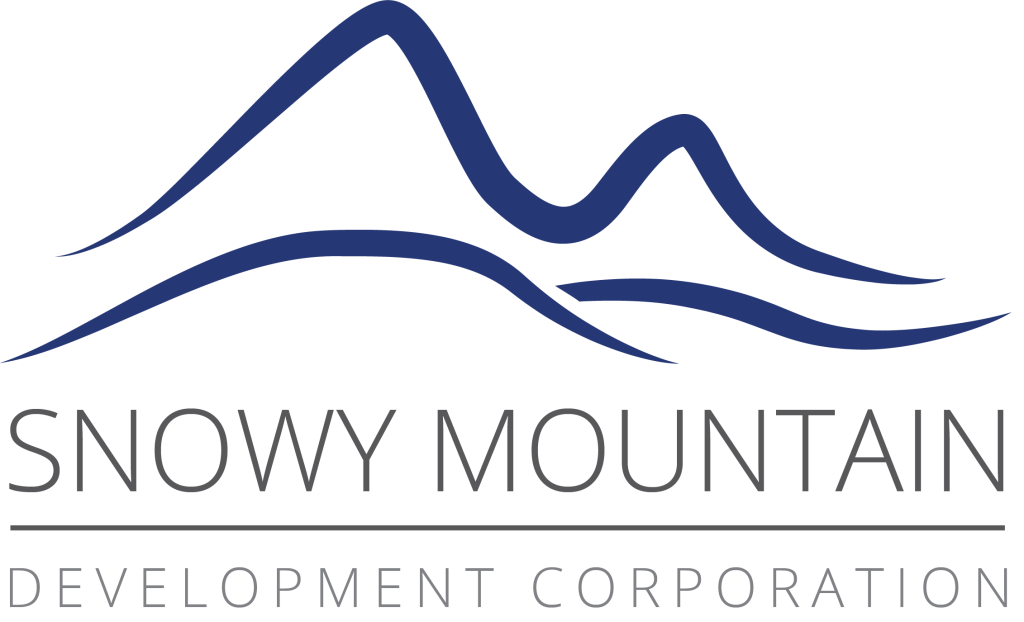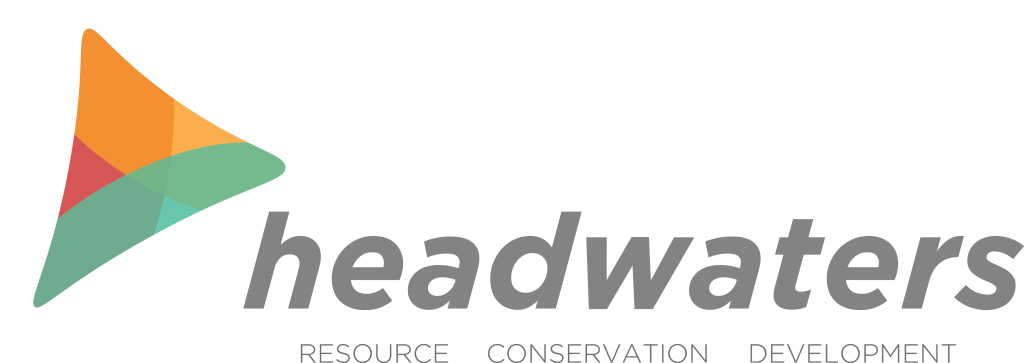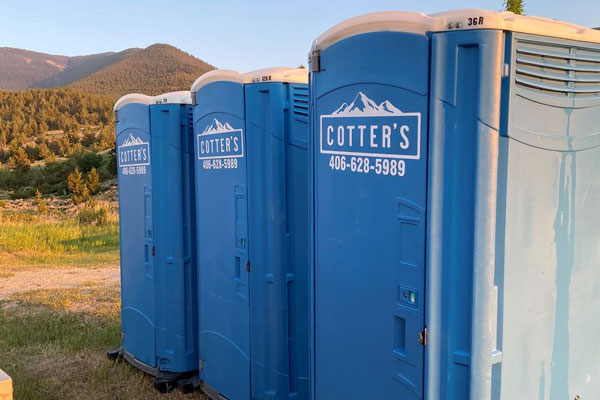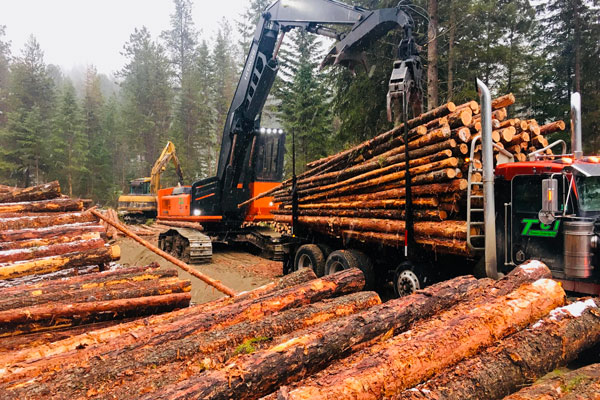If you maintain your company’s entity registration in the System for Award Management (SAM), you’ve seen the “Size Metrics” page that asks for your company’s average annual receipts and number of employees. Entering accurate information on this page is critical, as it determines whether your company qualifies as a small business in the industries you operate in. Most of our clients are well under the dividing line between small and “other than small,” but if your company is close to – or even over – the size standard for one or more of your North American Industry Classification System (NAICS) codes, you will want to pay attention to a new Small Business Administration (SBA) rule that goes into effect on January 6, 2020.

About a year ago, Congress passed the Small Business Runway Extension Act, which changed the time for which receipts must be calculated to determine business size from “not less than 3 years” to “not less than 5 years.” As the title of the act suggests, the idea was that a growing small business would have a longer “runway” before they take off and are forced to compete with the big dogs in the government marketplace without the advantage of set-asides. Calculating average receipts over five years instead of three will also lessen the chances that one really good year will take an otherwise small business over the size standard.
It has taken a while for the SBA to implement Congress’ directive, but they published the final rule on December 5, 2019, and it will become effective on January 6, 2020. While the new size standard calculation may be good news to small, growing businesses, larger businesses in decline will have further to fall before they can take advantage of small business contracting programs. To lessen the blow in the short-term, SBA is adopting a transition period through January 6, 2022, during which companies may choose between a three-year averaging period and a five-year averaging period.
If you have any questions about this new rule and the impact it may have on your company, give your Procurement Technical Assistance Center a call.



















